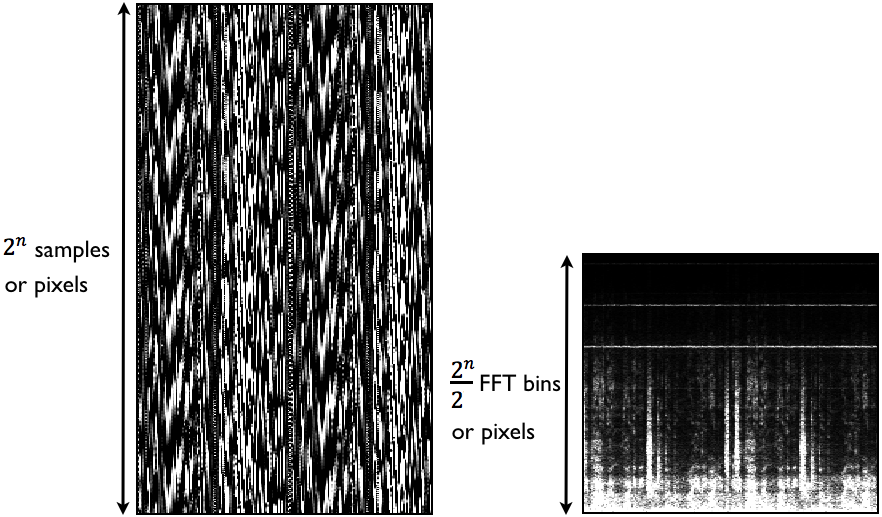

Then you can pick the sections which satisfy your ear and further manipulate… The randomize feature gives a quick fire solution to finding timbre’s, the percussion module in particular reminds me of the YM2612 chip used in the Sega Genesis.Ĭonsidering the probabilistic nature of the previously mentioned devices (plus some devices can be bad at saving presets…) I always find the most effective way to get useable results is to route the output to a new audio track and record whilst messing around with parameters. This 2 operator FM synth can create some classic FM synthesis sounds, this is further complimented by an additional percussion focused module. Again, like many Max device creators, their other projects are worth looking at too. I would also highly recommend checking his other patches.īy moving around FFT bins we can reorganize the sampled frequency spectrum that we’re using to reconstruct the sample, this can create some really cool effects and Composingcap’s FFT Bin Exchange device is a convenient tool for doing this. Benjamin Van Esser’s ArtefactR provides a quick tool for pulling artifacts from samples. Sonic artifacts are often desired to be used as rhythmic and textural material within ‘glitch influenced’ music. Kasper Skov’s has also produced a number of quality max devices, his work can be found here. There are many available granulating max devices available, though my favourite two have to be Granulator II, created by Ableton developer himself, Robert Henke, and Grainfields by Kasper Skov. One of my favorite ways of mangling an audio sample is through granular synthesis, from the simplest of samples you can create sounds from chaotic glitching to rich pads. It includes some great IDM and reverse engineered Autechre patches.
#MAX MSP FFT DOWNLOAD#
Jack Ashley’s ‘Jungulator’ is a great example of this, It can be found here, alongside download links to some other great patches, as well as the rest of Rhoadley’s Website. One of the characteristic techniques of glitch influenced music is the rapid triggering, re-ordering, reversing, pitching and modulating of different sections of a samples audio buffer, breakbeats usually being the subject sample. My first five devices focus on this, though of course given the intricacy of music production and sound design, there are multiple ways of achieving similar effects. Artists such as Autechre, Bogdan Raczynski, Squarepusher and Aphex Twin are known for implementing their own patches and program structures into their work within such styles. It would seem blasphemous to not include some ‘glitch’ effects, given the frequent use of Max and other such audio programming languages (Pure data, super collider etc.) within genres largely associated with programmed computer music Glitch, Breakcore, IDM, Braindance, noise and it is at the core of the ‘Algorave’ scene. This provides users with an accessible library of creative audio devices, both amateurly and professionally created. One of the greatest strengths of Max is it’s implementation within Ableton Live (My personal choice in DAW for music composition and production), Max for Live provides seamless integration of Max into the Ableton workspace, with patches being available as Max for Live devices that function within Ableton’s signal chain as any other plug-in would. Max has great depth in its use for visuals and education, though I shall be focusing on it’s audio applications. Max MSP is a visual audio programming language, written in C/C++ using the JUCE platform, this makes it an incredibly versatile tool, able to accommodate the needs of artists and engineers alike. Given the general open source and community driven development, Max devices often times fulfill the function of more niche plug-in ideas or simple utilities, which may otherwise be inaccessible due to budget.
#MAX MSP FFT FREE#
People often talk about their favorite free VST’s, though the world of max and object based audio coding is often overlooked when looking for easily accessible signal processing devices.


 0 kommentar(er)
0 kommentar(er)
